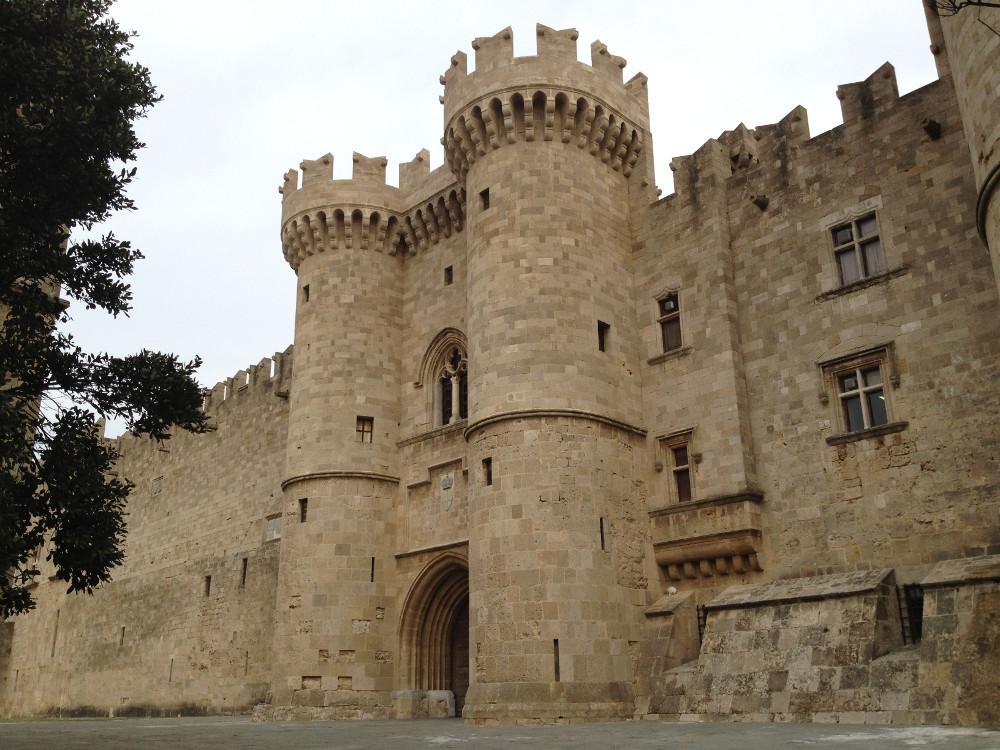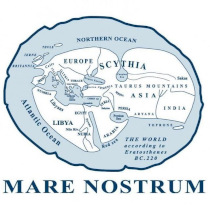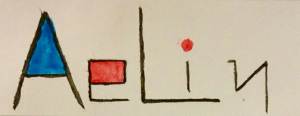The Department
The Department of Mediterranean Studies is annexed to the University of the Aegean which is situated in the area enclosed by Dimokratias avenue and St.John and Komninon streets, in the centre of the city. It is housed in three buildings named “Kleovoulos”, “7th March” and “Ypatia” which were built in the period when the island was under the command of Mario Lago (1923-1936), and were designed by Florestano de Fausto. The buildings were initially constructed to be used as a military camp called Caserma Regina Elena, and after the liberation of the island they housed the Police Academy. A newer building, named “Kallipatira”, is also in function.
The city of Rhodes
The city of Rhodes occupies the northern tip of the island which is the biggest of the Dodecanese. Its geographical position, in the northeastern part of Greece, on the crossroads of the important sea routes of the Mediterranean where for centuries now the cultures of Europe, Asia and Africa meet and interact, has been one of the most important factors of progress of Rhodes in all fields.
Through the course of time, the peoples of the Mediterranean, who passed through the island, left their indelible mark in all manifestations of culture: in art, language and architecture. Furthermore, visitors, merchants or travellers of different origin and temperament, whether on a visit or permanent stay, influenced Rhodians into becoming receptive to anything new and open to challenges but not in the sense of sterile imitation, as in a creative sense. Additionally, the strategic position of the island brought its inhabitants great wealth and turned it into one of the most prominent cities of ancient Greece.
Short history of Rhodes
The island has been inhabited since the Neolithic period (4000 B.C). According to myth, the nymph Rhodes united with the Sun god and bore seven sons. One of them, Kerkafos, had three sons too: Kamiros, Ialysos and Lindos who divided the island into three parts and each founded his own city in the beginning of the 1st millennium B.C. In 408 B.C these three Doric cities united thus creating the city of Rhodes in the northeastern tip of the island.
The new city, built according to the Hippodamian system, was one of the most beautiful and most organized cities of the ancient world. In the Hellenistic period it flourished mainly due to its economic growth, its adaptable foreign policy and its symbol of strength and prosperity, the renowned Colossus of Rhodes, one of the seven wonders of the world, dedicated to the Sun god.
There are important remains of Greek antiquity throughout the island, with important archaeological sites that of the Acropolis of Rhodes with the Temple of Apollo Pythios at the top and the Stadium at the foot of the hill. The fortified Acropolis of Filerimos at Ialysos and the temple of Poliada Athena and Zeus Poliea at ancient Kamiros which constitutes an exceptional example of a Hellenistic city. Additionally, the Acropolis of Lindos with the temple of Athena Lindia on the summit as well as many more sites of archaeological interest.
During the civil war of Rome, Cassius occupied Rhodes in 42 B.C., and assumed its treasures, the fleet and the works of art that adorned it. The independence of the city ended in 164 B.C. when Rhodes became the province of the Roman empire. Although it did retain some form of freedom in the beginning, it was lost completely in 297 A.D. when Diocletianus united Rhodes with the Roman province of the Islands.
During the Byzantine period Rhodes lost its ancient glory. The city of Rhodes became an Episcopal See with a large number of churches, with some basilicas of impressive dimensions amongst them, whilst at the same time, becoming a significant military base. The city shrank in size and was fortified with new walls.
The Byzantine period ended in 1309, when the island was sold to the Order of the Knights of St. John of Jerusalem. The so called “Domination of the Knights” thus began and lasted for approximately two centuries until 1522 with Rhodes at its prime. During their stay, the fortification was extended and updated and a hospital, a palace and several churches were built. All these buildings constitute excellent examples of Gothic and of Renaissance architecture.
In December 1522, the Order of the Knights agreed to a treaty after several months’ of resistance, and handed over the island to Sultan Suleiman and the Ottoman Turks. Many buildings built by the knights were converted and new buildings were constructed, including mosques, public baths and dwellings for the new conquerors. Rhodians were forced to leave the fortified city and reside in areas outside the city walls.
Rhodes remained enslaved for four centuries until 1912 when Italy occupied the island. In 1923, Italy founded a colony, the Italian Islands of the Aegean (Isole Italiane del Egeo). It was an era when the city of Rhodes became prominent once again since the Italians cleared the city walls of outbuildings from previous periods, preserved the remaining buildings of the Order of the Knights and reconstructed the palace of the Grand Master of the Knights whilst creating green zones which surrounded the medieval city.
They also implemented major infrastructure projects and constructed many new public and private buildings of excellent design, which still adorn the city today. The renowned medicinal springs of Kallithea (Terme di Calitea) constitute a significant monument built by the Italians.
After the second world war broke out and until 1945, Rhodes was under German occupation, then under Britain’s control and it finally officially reunited with Greece in 1948.
In 1960, the Medieval town was declared a ”protected monument” by the ministry of culture and in 1988 it was designated as a World Heritage city by UNESCO as it comprises a mixture of architectural styles from different historic periods, with the period “of the domination of the Knights” and the Ottoman rule prevailing. Today it is a vital part of the modern city with commercial, touristic, and entertainment enterprises as well as residential areas.










